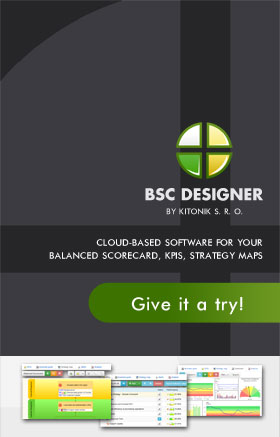Use of internal interface testing
The software business is a competitive industry. Companies engaged in this trade are always in search of ways to come up with a product that can win the hearts of end users. Hiring a talented software developer is among the strategies that companies use in line with this endeavor. Using effective software test methods, such as internal interface testing, is another measure.
Software testing is an important process that all developers must conduct before their product can be introduced in the market. The main purpose of testing is to find errors in the application and check its potential. For the part of software companies, testing means assessing the quality of the new program, including its safety and security. It should be noted that software quality is crucial since such can be related to returns. Remember that good application would increase chances of the company to get high profit. Thus, it is not a wonder why software businesses look for the best testing approach possible.
There are many software tests that have evolved through the years. It is also possible that a certain application may undergo several testing process. The aim here is to perfect the program. Therefore, the more comprehensive the test is, the better. Among the most important tests that software engineers consider is the interface testing.
An interface is composed of features, images, messages, and commands that bridge the gap of a device and an end user. In interface testing, software developers come up with revisions based on the feedback of a user. This method has been regarded as an effective means of perfecting the program due to the fact that the user has a participation in improving the application. It is important to note that for a specific program to be saleable, it must be user-friendly. Hence, the input of a user becomes essential information that developers may utilize to address errors of their product.
Meanwhile, a software product may be tested in either of these two ways. One is by knowing the main function of the application. Here, developers can conduct tests that will show every function of the program to determine whether there have been errors committed. The second way is by knowing the internal components of the program. With this, developers can perform tests to check whether internal operations are carried out according to specifications. In this option, there are two approaches – black-box testing and white-box testing.
Black-box testing relates to tests that are performed at the interface. Aside from uncovering errors, this test also tends to show whether all functions of the application are working or not. Black-box tests assure that input is correctly accepted and corresponding output is produced. This testing also examines some fundamental components of an application.
White-box testing, on the other hand, is anchored on close examination of detailed processes. Test cases exercising particular sets of loops are used to check logical paths. Here, the status of the application is being examined to evaluate the expected status against the actual status.
To conclude, all software firms adopt different approaches and testing methods to improve their product. Internal interface testing is just among the many tests they use to assure their clients of quality software programs.


